Nội Dung Chính
Page 56
Digital learning
I can discuss the positive and negative things about digital learning.
1. Look at the first photo and answer the questions. Then read the text and check your answers.
1. Where is Ben?
2. What is he doing?


I can still learn
Most children between five and eighteen in Britain must go to school. But the situation is different for me. I play tennis and I must practise a lot, and I often go to other countries to play in tournaments. How can I still learn? Luckily, digital learning helps me.
When I am absent from school, I do online courses. Computers help me with the subjects, and I can learn at my own speed. When there is no tournament, I come back to school and I can do the tests easily. My friends also help me if I have any problems.
This new learning way makes me happy and keeps me up with my friends. I can still learn when I am not at school. That is why digital learning becomes more and more popular.
* keep up with: to do whatever is necessary to stay level or equal with someone or something
2. 🎧1.47 Read and listen to the text and answer the questions.
1. Why is Ben sometimes absent from school?
2. What helps Ben to keep learning?
3. Does Ben still go to school?
4. Can Ben pass the tests at school?
5. In your opinion, who often does online courses when he or she is absent from school?
3. YOUR CULTURE Answer the questions.
1. At what age do children usually start school in your country?
2. At what age can you leave school?
3. Can children in your country do online courses?
4.  USE IT! Work in groups. Discuss the topic: Is digital learning useful? Why? Follow the instructions.
USE IT! Work in groups. Discuss the topic: Is digital learning useful? Why? Follow the instructions.
• Work in pairs and write the positive things about digital learning.
• Join another pair and discuss in your groups. Use some of the expressions in the box.
| Digital learning is good for ... It is good because ... It becomes more and more popular because ... However, it cannot replace schools because ... |
• Compare your ideas with other groups'.
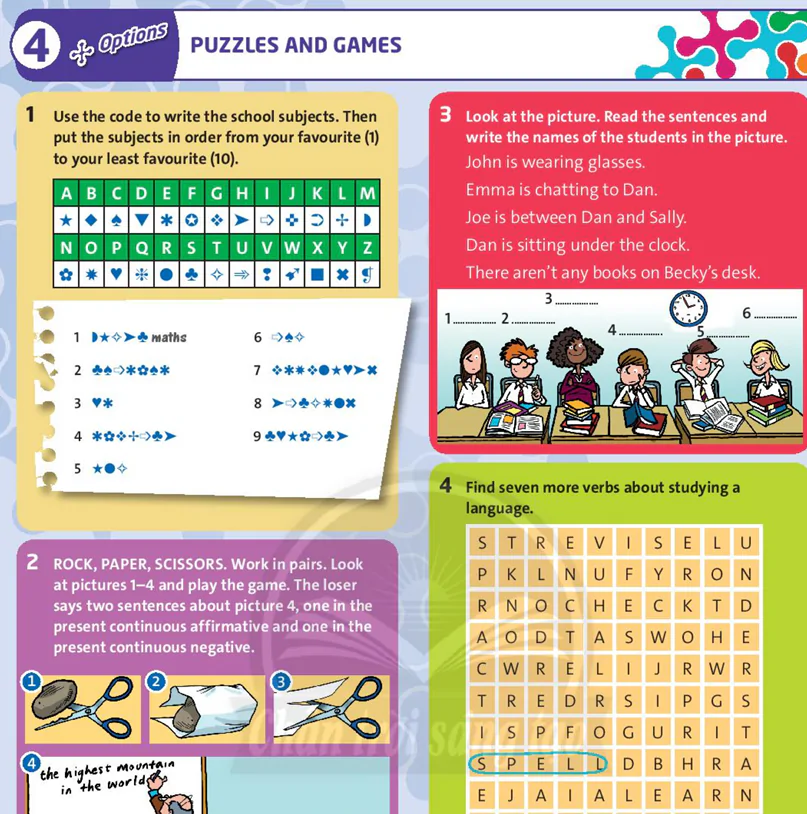



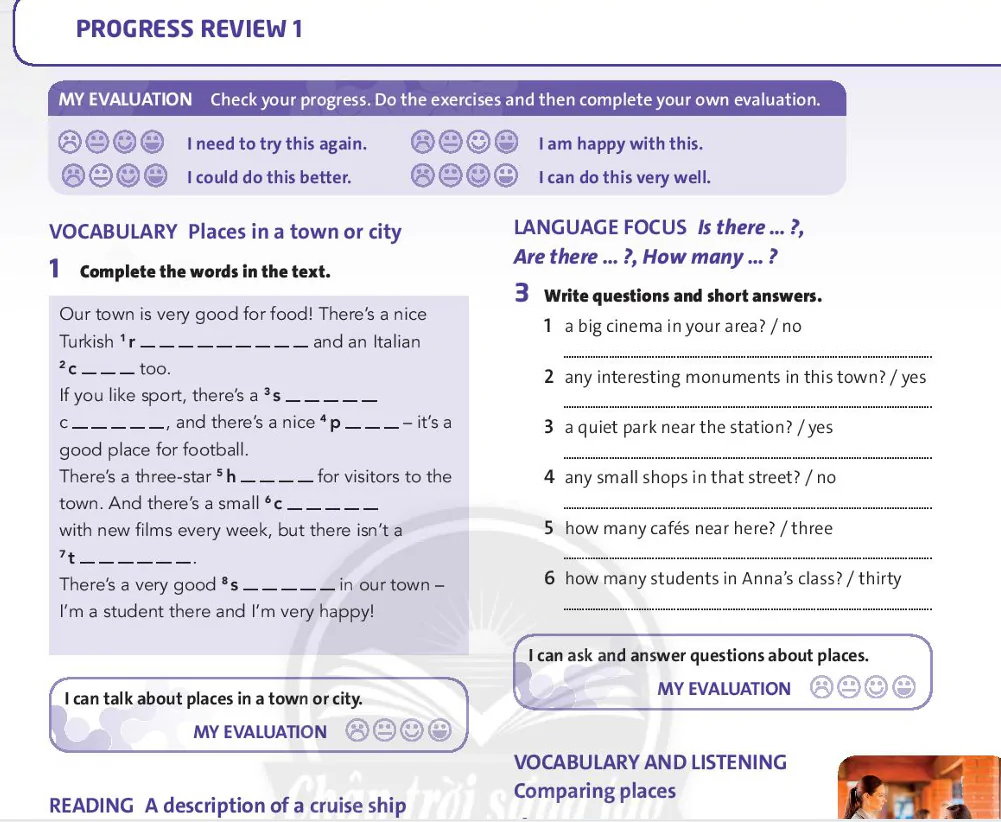


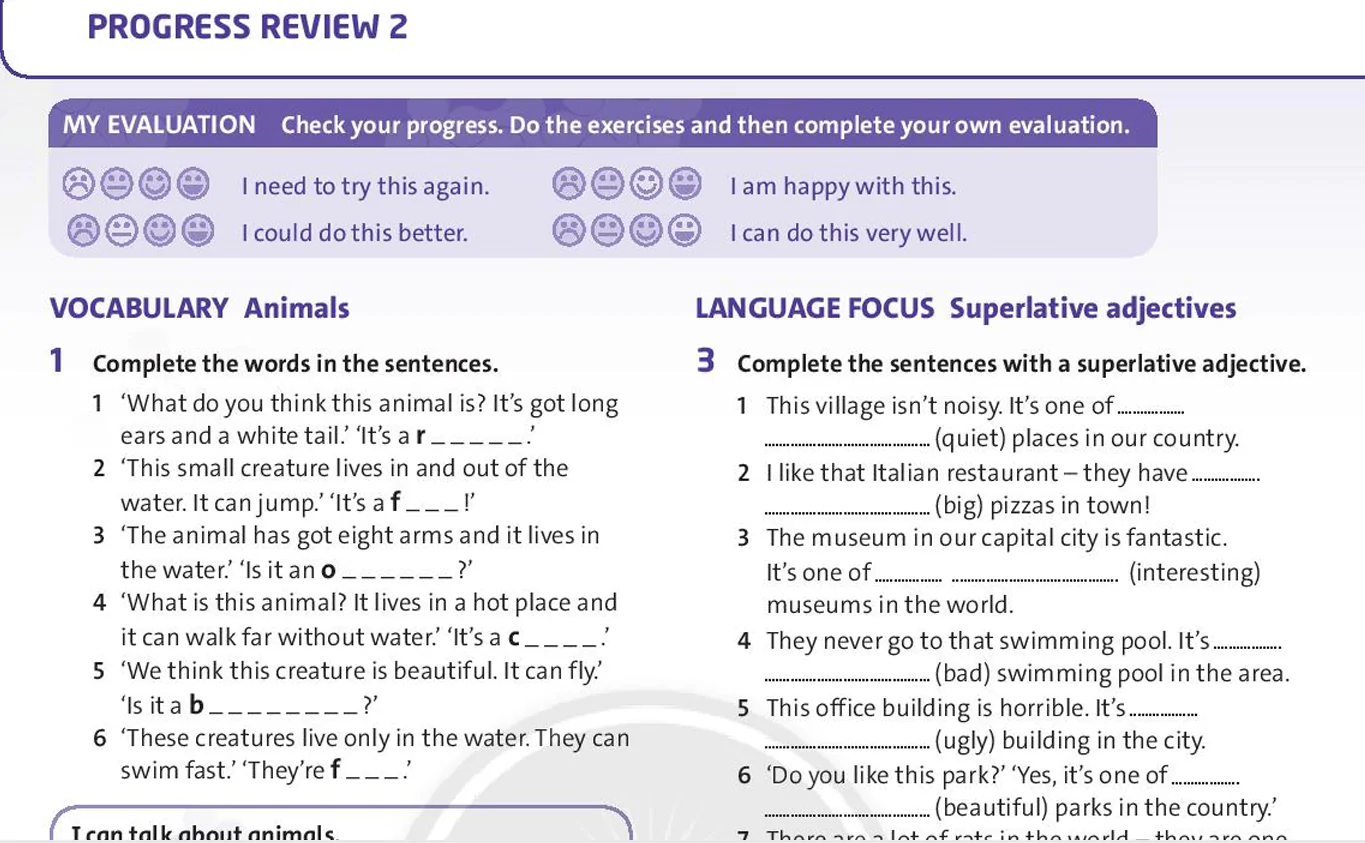


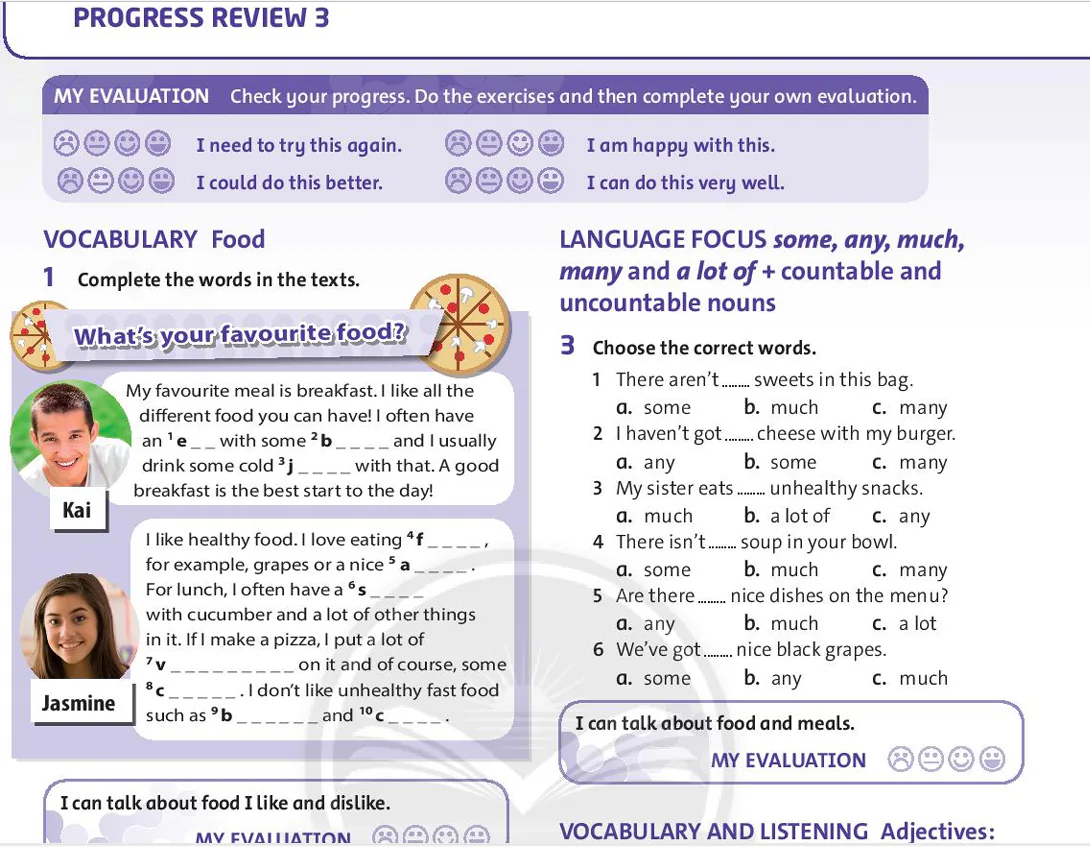
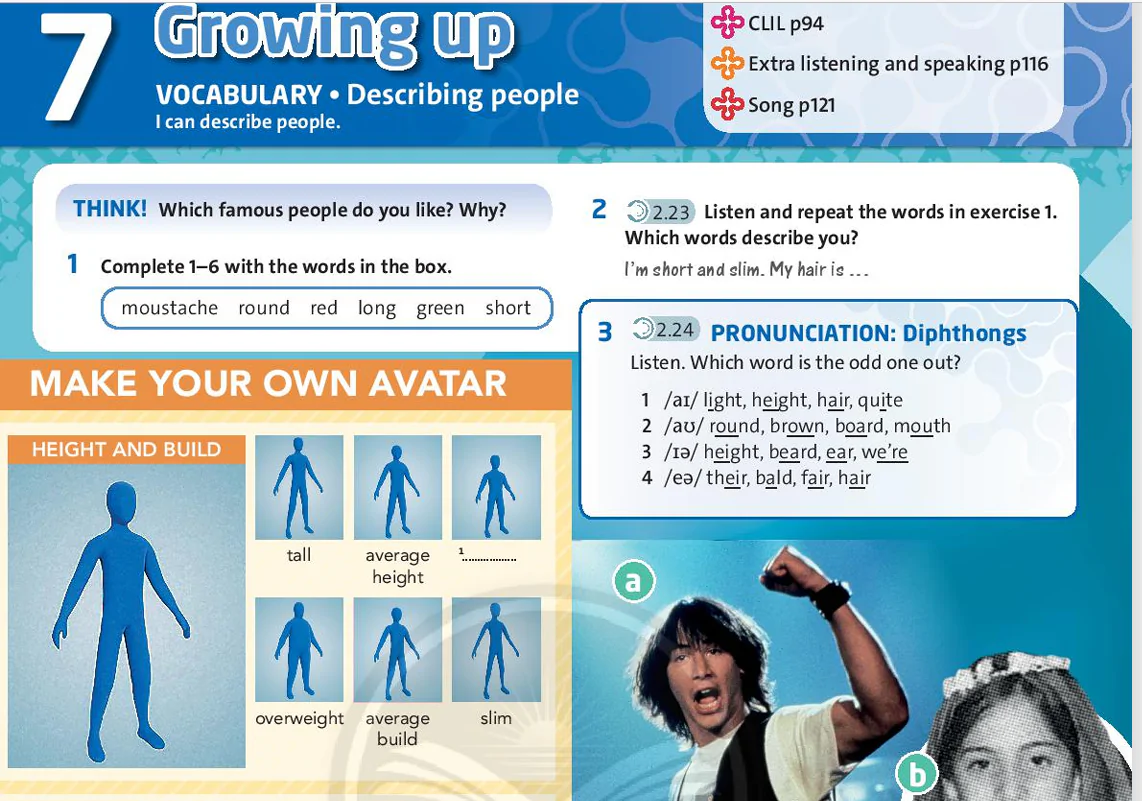

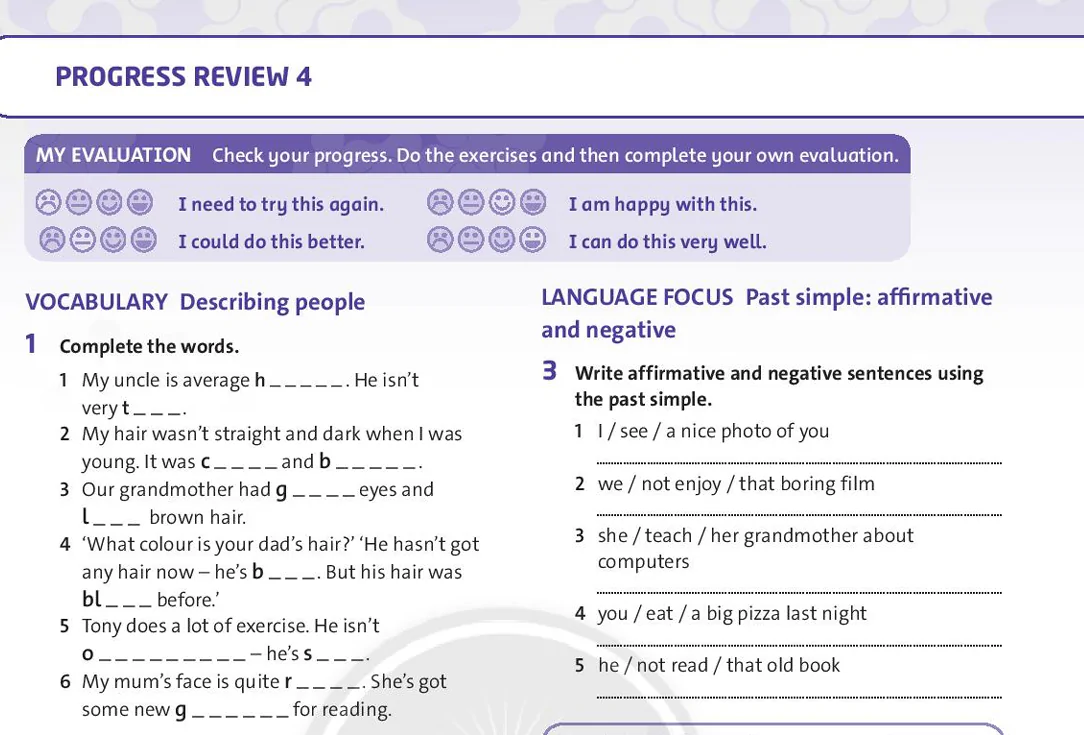
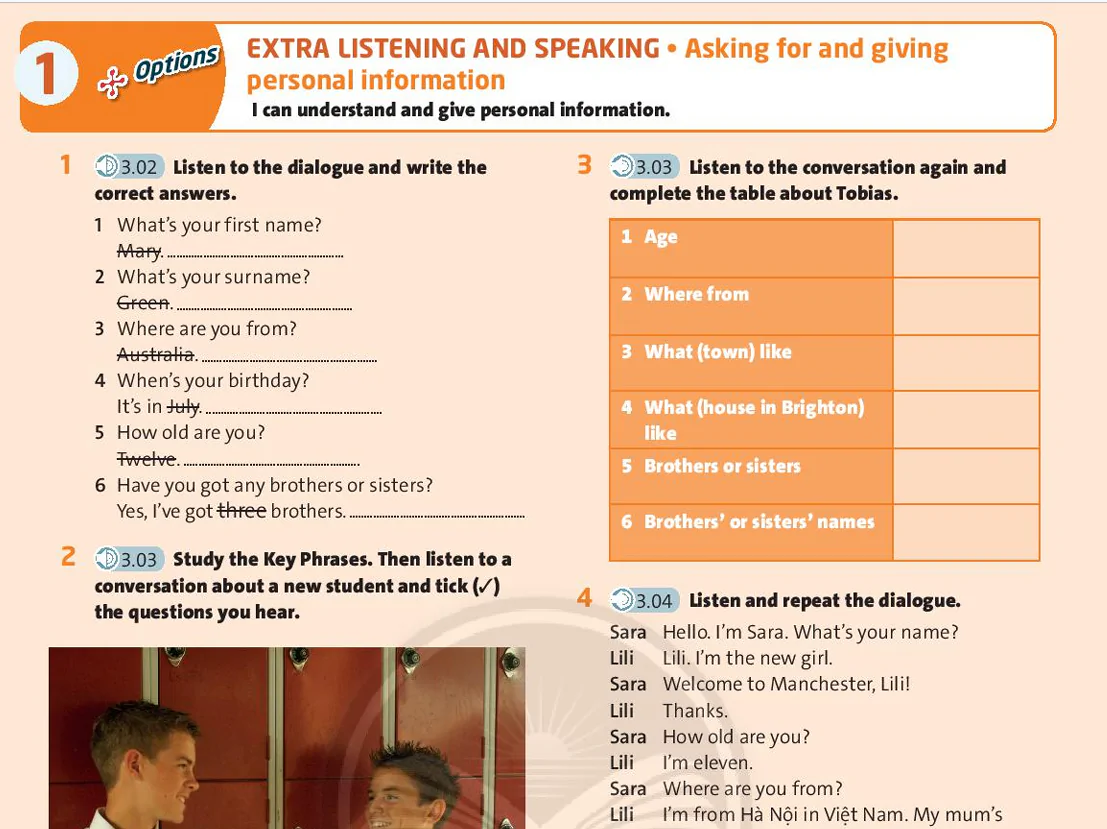
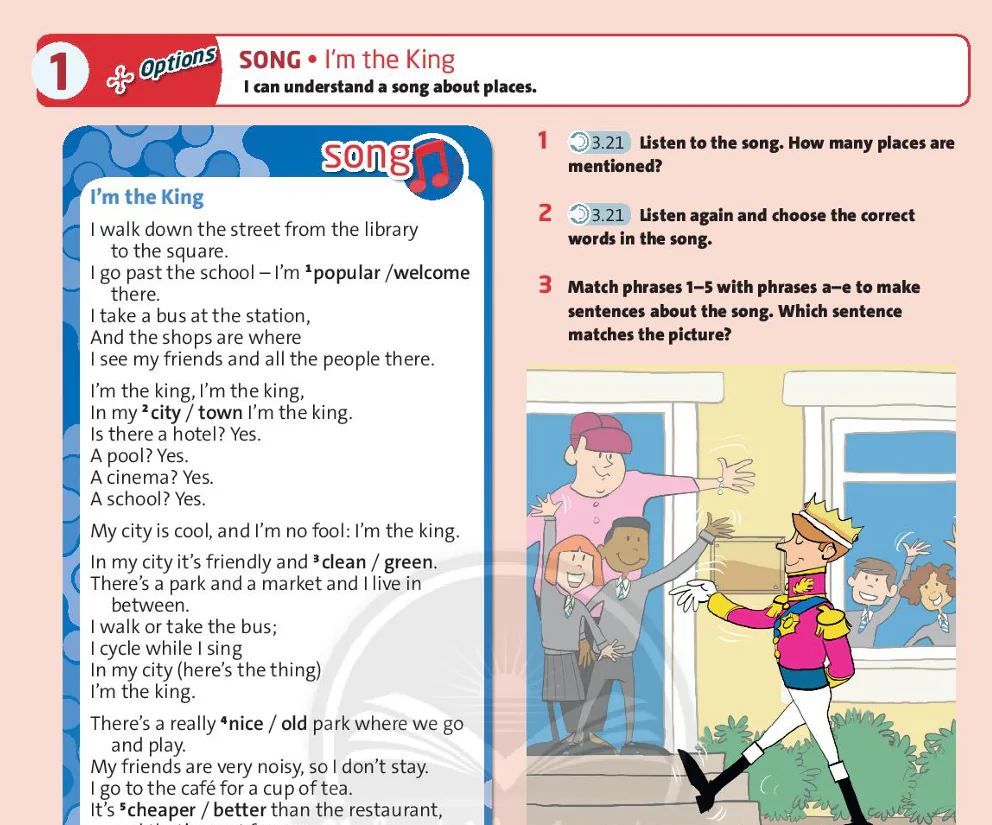
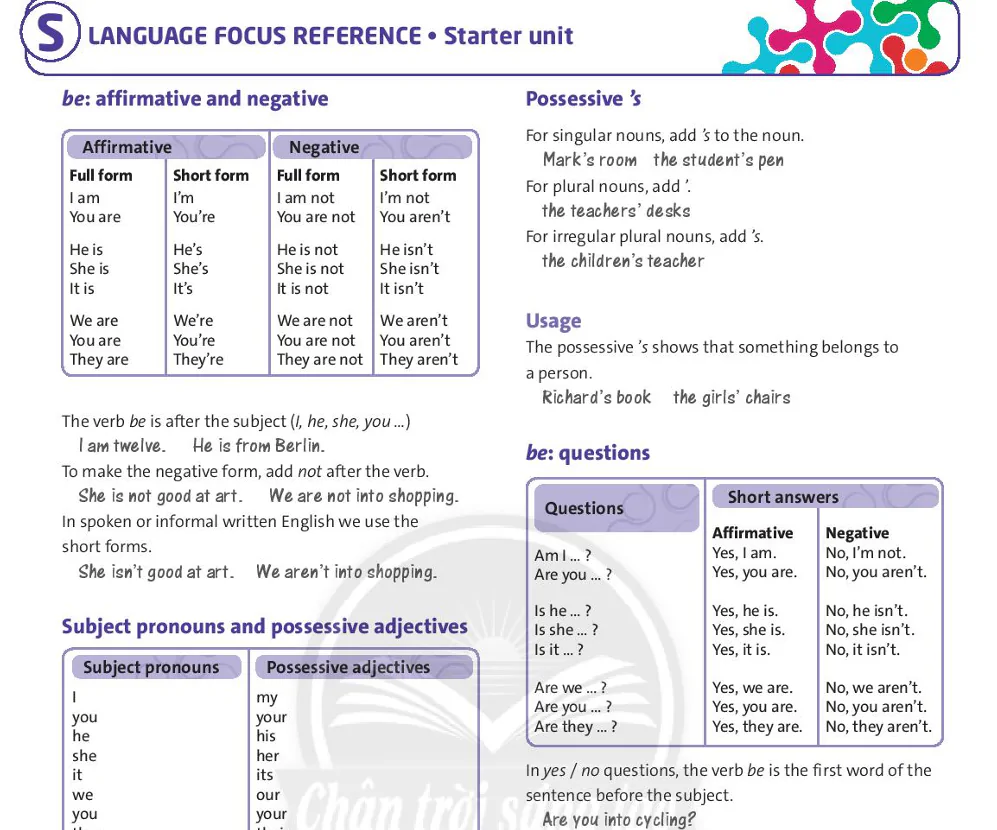




















Bình Luận
Để Lại Bình Luận Của Bạn